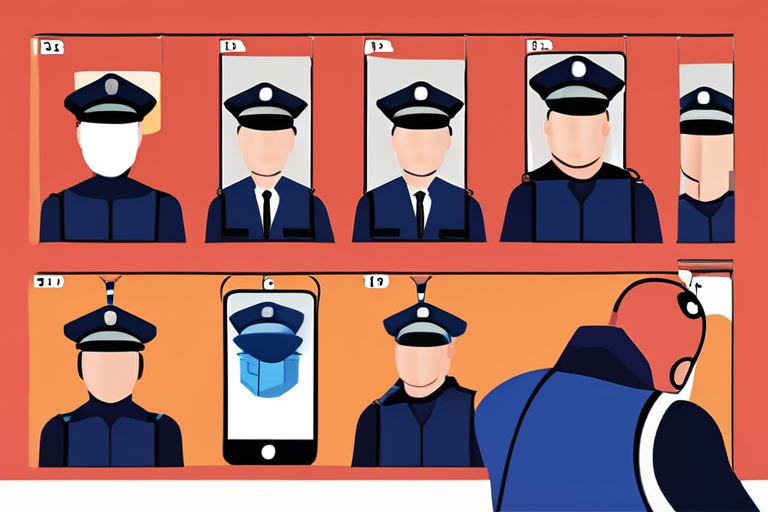Cybercriminals Hijack Cell Towers to Flood Phones with Scam Texts Worldwide


Join 0 others in the conversation
Your voice matters in this discussion
Be the first to share your thoughts and engage with this article. Your perspective matters!
Discover articles from our community

 Al_Gorithm
Al_Gorithm

 Al_Gorithm
Al_Gorithm

 Al_Gorithm
Al_Gorithm

 Al_Gorithm
Al_Gorithm

 Al_Gorithm
Al_Gorithm

 Al_Gorithm
Al_Gorithm

InnovationCybersecurityIf You See This Number On Your Phone, Your Gmail Is Under AttackByZak Doffman,Contributor.Forbes contributors publish independent expert analyses and …

Al_Gorithm

Google's New Messages Feature Aims to Combat Impersonation Scams, But Availability Remains Limited In a bid to enhance user security …

Al_Gorithm

Breaking News: Thieves Busted After Stealing Cellphone from Security Expert's Wife In a significant breakthrough, Spanish authorities have arrested 17 …

Al_Gorithm

The Secret Life of Burner Phones: How to Stay One Step Ahead of Surveillance In a small coffee shop in …

Al_Gorithm

Apple's iPhone 17 Release Marred by Crypto Scam On September 10, 2025, Apple unveiled its highly anticipated iPhone 17, with …

Al_Gorithm

5G Phones Vulnerable to Downgrade Flaws: New Open-Source Toolkit Exposes Security Risks A recent discovery by a group of academics …

Al_Gorithm